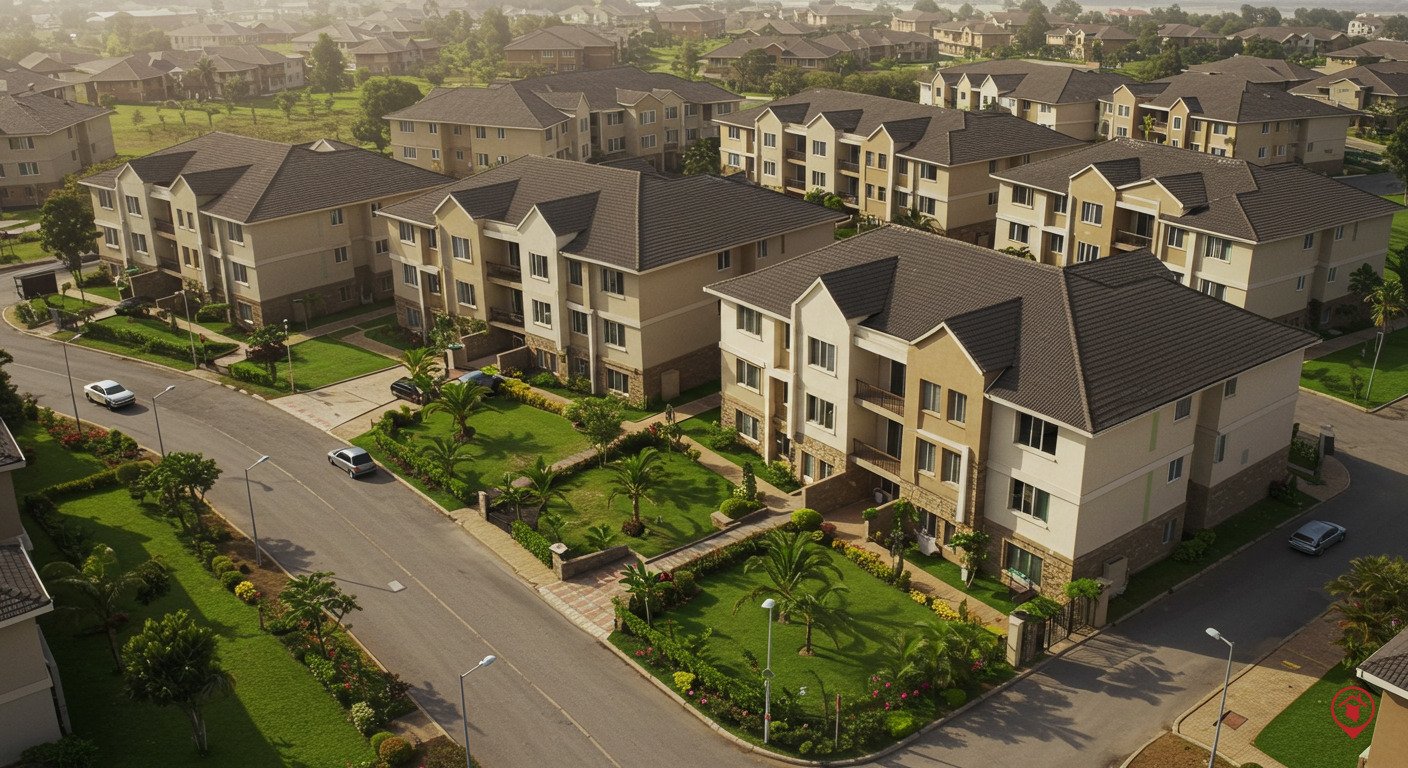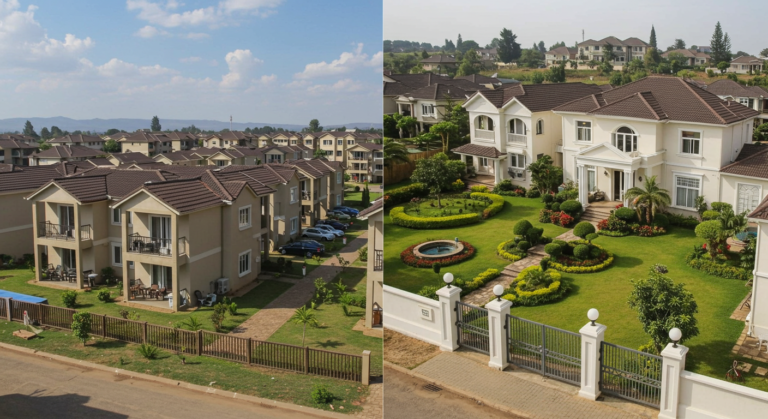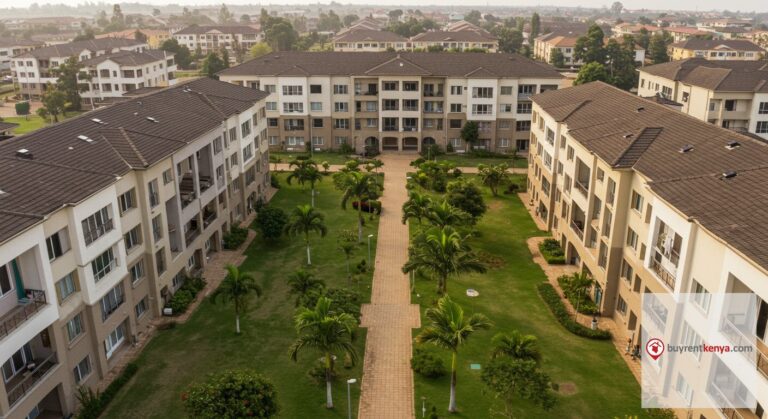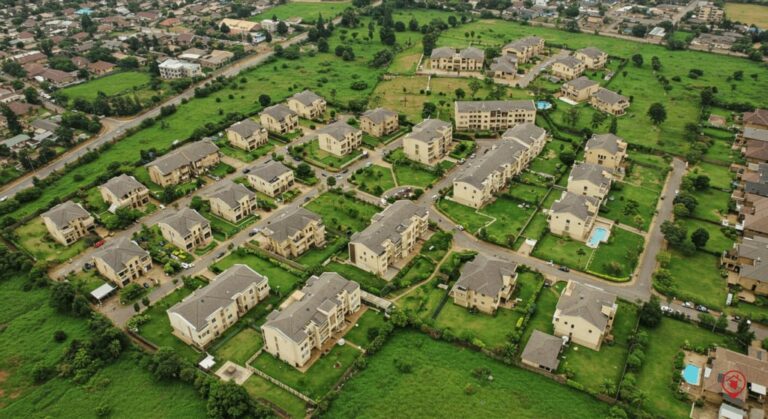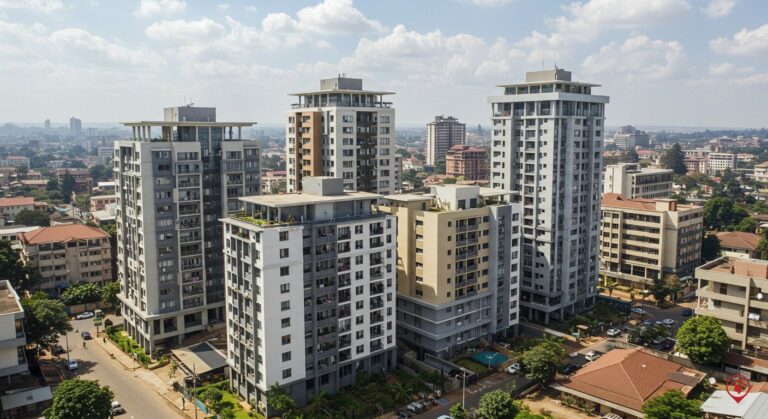Airbnb, Bedsitters, or Apartments: What’s the Most Lucrative Investment Today?
- With Kenya’s real estate sector booming, the investment options can feel endless.
- Airbnb offers the highest cash flow potential, but only if you’re ready for active involvement and the unpredictability of the tourism market.
- Bedsitters may not bring in flashy returns, but they are dependable, predictable, and cash-flow stable, qualities many investors value.
With Kenya’s real estate sector booming, the investment options can feel endless. As an investor, you naturally want to put your money where it will bring the best returns. That’s why today we’re breaking down the ROI of Airbnbs, bedsitters, and apartments.
How do you decide which option to settle on? What should you watch out for, what should you avoid, and how do you manage these investments effectively?
Let’s dive in.
Airbnb: The Flexible High-Risk, High-Reward Play
Airbnb has become a buzzword in Nairobi, Mombasa, Kisumu, and other urban centers, thanks to the rise of both international visitors and local travelers seeking short-term stays. On the surface, the returns look very attractive. For instance, a well-furnished one-bedroom apartment in Westlands might fetch KSh 4,000–8,000 per night, which far outpaces the monthly rent from a long-term tenant.
However, the profitability of Airbnb is not as automatic as it seems. To succeed, you need to consider:
- Location: Proximity to CBDs, airports, beaches, or tourist attractions is non-negotiable.
- Furnishing & Décor: Guests expect comfort, modern finishes, and a “home away from home” experience. That means higher upfront furnishing costs.
- Management: Bookings, cleaning, maintenance, and guest communication can quickly become overwhelming. Many investors outsource to property managers, which cuts into profits.
- Seasonality: High seasons (holidays, conferences, festivals) can bring in windfalls, but off-seasons may leave your unit empty.
In short, Airbnb offers the highest cash flow potential, but only if you’re ready for active involvement and the unpredictability of the tourism market.
Bedsitters: The Unsung Heroes of Consistent Income
Bedsitters might not sound glamorous, but they are the workhorses of Kenya’s rental market. With rapid urban migration, a growing student population, and young professionals seeking affordable living, bedsitters enjoy one of the highest occupancy rates of any rental type.
A bedsitter in a satellite town like Thika, Ruiru, or Rongai can rent for KSh 6,000–12,000 per month. While this may seem modest compared to Airbnb returns, the demand is almost constant. Unlike Airbnbs, there is little seasonality—people will always need affordable housing close to jobs, campuses, and transport hubs.
Key insights for bedsitter investors:
- Scalability: Investors often build or buy multiple units, creating a steady flow of income.
- Lower Vacancy Risk: Even if one tenant leaves, others are quick to fill in.
- Low Maintenance: Tenants expect functionality, not luxury, making upkeep simpler.
- Competition & Oversupply: In some estates, oversupply has driven down rents. Investors need to carefully research demand before building or buying.
Bedsitters may not bring in flashy returns, but they are dependable, predictable, and cash-flow stable, qualities many investors value.
Apartments: Balancing Income with Long-Term Value
Apartments, whether one, two, or three-bedroom, are considered the “middle ground” between Airbnbs and bedsitters. They attract a more stable tenant base: families, professionals, or expatriates looking for longer-term leases.
Rental yields vary widely depending on location and finish:
- A one-bedroom apartment in Kilimani might rent for KSh 30,000–60,000 per month.
- A three-bedroom unit in a satellite town could fetch KSh 25,000–40,000 per month.
Apartments also come with unique advantages:
- Capital Appreciation: Apartments tend to increase in value faster than bedsitters, especially in prime areas.
- Longer Leases: Tenants often sign year-long agreements, offering stability.
- Tenant Quality: Families and professionals are less likely to default on rent compared to transient tenants.
The downside is the high upfront capital. Buying or developing apartments requires a significant investment, and vacancies can take longer to fill compared to bedsitters. Still, for investors with patience and deeper pockets, apartments offer both solid monthly income and long-term wealth growth.
So, What’s the Most Lucrative?
The answer depends on your investment style and appetite for risk:
- If you’re after quick, high returns and are willing to actively manage your property: Airbnb is your best bet.
- If you want steady, low-risk income with minimal fuss: Bedsitters are the most reliable option.
- If your goal is long-term wealth creation with a mix of rental income and property appreciation: Apartments are the winner.
Conclusion
Kenya’s real estate landscape has space for all three. The trick isn’t to chase trends blindly, but to align your investment with your budget, management capacity, and long-term goals.
After all, the most lucrative investment isn’t just about the numbers, it’s about the strategy that works for you.

